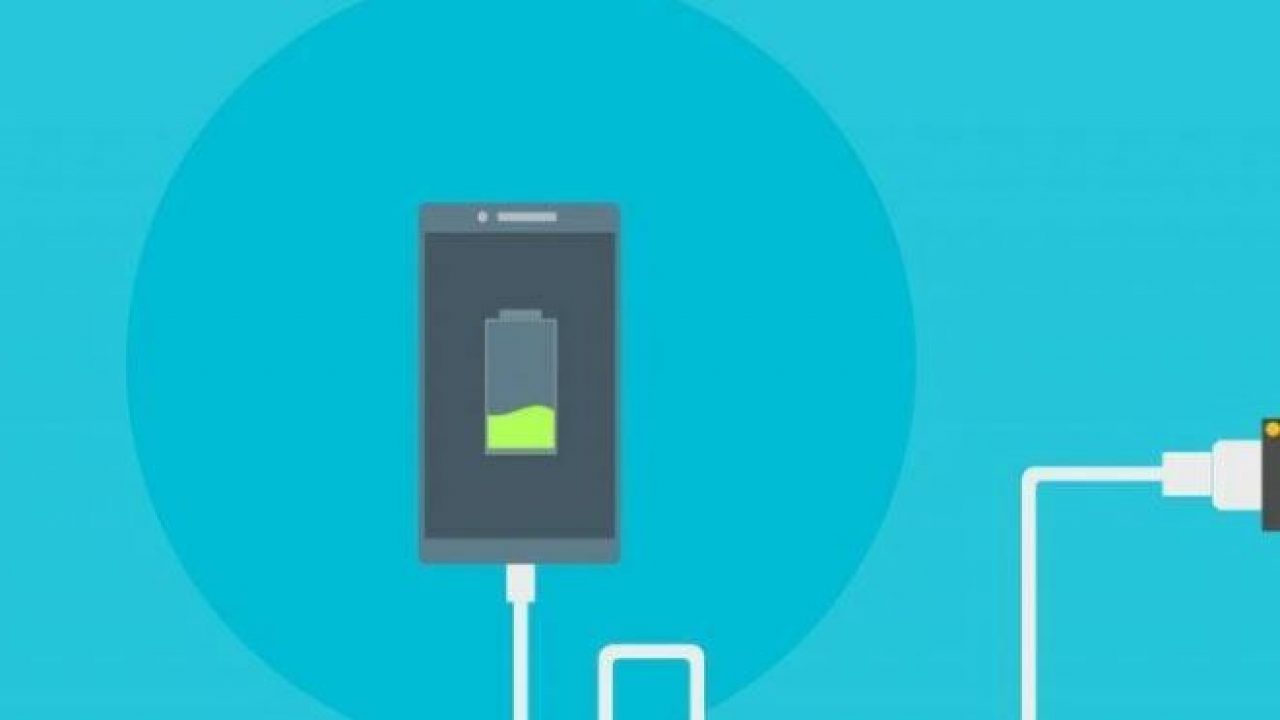Why balancing lithium-ion battery cells is key
Article By : Steve Ohr

As new mobile applications emerge, the challenges to battery management systems increase.
Previously: Samsung’s battery fire puts devices’ integrity on the line
The battery management ICs typically residing inside the case of a lithium battery must monitor and respond to a large variety of parameters, including voltage levels, current flows, and the minute changes in temperature. The spec sheets offered by distributors will emphasise measurement accuracy. These are not simply a specialised voltage regulators. Some of the more advanced charging control circuits will include a DSP processor and memory, and will automatically adjust its stimulus to a particular battery chemistry.
Depending on the architecture of the phone (e.g., whether the battery is removable or not), the charge controller may be attached to the micro-USB port (or Apple Lightning connector). In all cases, the controller must adhere to a specific battery charging profile, which includes applicable voltages and currents. The battery cells reflect different capacities, different voltage ranges, different life cycles, and different discharge rates. The goal is of the battery management ICs is to maximise battery safety and performance (see the figure below).
![[battery TIchargetime]](/wp-content/uploads/sites/2/2020/04/battery_TIchargetime.jpg)
__Figure 1:__ *The ideal charging curve for a lithium-ion battery starts out with constant current until the battery has gained a useful percentage of its capacity, and will then top-off with a constant voltage. Such a profile avoids rapid overcharging, but can extend charging time to several hours. (Source: Texas Instruments)*
As new mobile applications emerge, the challenges to battery management systems increase. The use lithium-ion batteries is increasing in electric cars and power tools, for example. Unlike the single- or dual-cell batteries that power a cell phone, battery cells are stacked—in series, to offer high voltages; in parallel to offer high currents. An automotive power train, for example, may use a battery with a thousand or more cells—and each one must be monitored separately to ensure performance. The performance of the multi-cell battery will only be as good as the weakest cell in the stack. A cell with mismatched impedance may draw more current than others in the array, and this could create a hot spot for lithium accumulation, battery failure, or worse.
An additional challenge to multi-cell battery integrity is rapid charging. The majority of cellphone adapters support trickle charging, which could take up to several hours. A traveler may want to recharge his cell phone battery at a Starbucks coffee shop or airport lounge, but may not have the time or patience to spend an hour charging. Rapid charging techniques, like Qualcomm’s Quick Charge 2.0 (and, coming, 3.0), promise to reduce charging time by as much as 75%.
Ordinarily, an outboard standard Li-Ion battery changer/adaptor provides a steady 2A at 5V (up to 10watts). The Quick Charge algorithm effectively “jolts” the cellphone battery by starting the charging process at a higher 9 or 12 volts (and passing up to 3A)—and then walking the charging voltage backwards. While standard adapters will need to be replaced with higher-current (3A) versions, a Li-ion battery authority in Singapore says this type of charging will not impose a fire threat. The Quick Charge feature, though, is enabled only on Qualcomm cellphone chip sets.
Subscribe to Newsletter
Test Qr code text s ss


